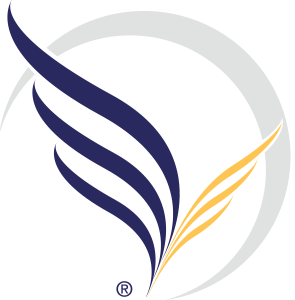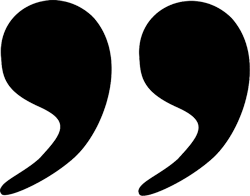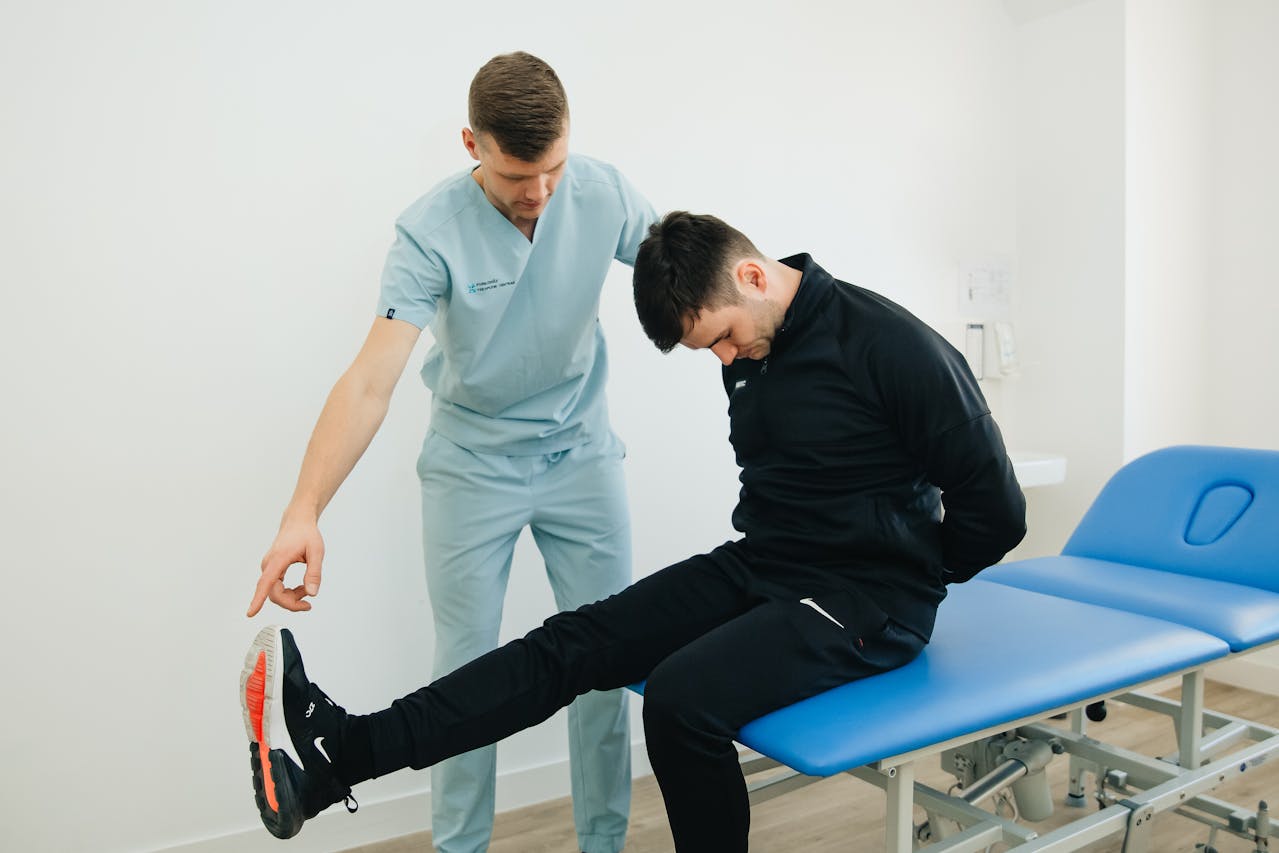Are Varicose Veins Always Visible?: What You Need To Know About The Varicose Veins You Can’t See
Varicose veins occur when the blood is no longer traveling back up toward the heart as they should. This causes the blood to pool within the vein, which then bulges, causing symptoms sometimes. However, if the veins involved are not immediately beneath the skin, the varicosities may not be obvious to anyone simply looking at your legs. There are, however, other symptoms that can warn you of varicose veins or other venous diseases. If you have these symptoms, a vein specialist can evaluate the affected area and run tests, including ultrasound diagnostics, to determine if venous insufficiency has occurred.
Invisible Symptoms Of Varicose Veins
You can have symptoms of venous disease even when you can’t see any outward signs of vein disease such as varicose veins, spider veins or skin changes. These symptoms include:
- Legs that are sore, achy and heavy, especially by the end of the day
- Feet and ankles that swell after you’ve been standing for a while
- Ulcerating, flaking, bleeding or discolored skin on your leg
- A place on your leg that’s warm, red or tender
It’s important to not ignore these symptoms. Tired, achy legs may be normal after a long hike, but it’s not normal to experience heaviness in your legs after a short walk. Also, if you have a spot on your leg that is red, tender, and/or warm to the touch, seek medical evaluation immediately; this could be a sign of a blood clot or infection and needs to be diagnosed and treated right away.
Why You Should See A Vein Specialist Even If Your Varicose Veins Aren’t Visible
If you have tired, achy legs that feel heavy or swollen on a regular basis, it could mean that you have venous disease deep within the leg. Seeing your vein specialists can help alleviate your discomfort while we treat the underlying causes.
If you’re experiencing symptoms and are in a high-risk category for the development of varicose veins or blood clots, it’s very important that you seek evaluation by a vein specialist right away. People at a higher risk for venous disease and blood clots include:
- women who are pregnant or have been pregnant
- people who are overweight or live a sedentary lifestyle
- professionals who sit or stand for long periods of time at work
- anyone who has been on bed rest, especially following an injury or surgery
- women who are taking hormonal birth control
- women over 35
- senior citizens
Venous Evaluation For Invisible Varicose Veins
If you’re experiencing symptoms of venous disease with no visible varicose veins, we will begin by performing an ultrasound to see what lies beneath. This will show if you have venous insufficiency, blood pooling in the veins, and even show us if you have any blood clots in the legs known as deep vein thrombosis (DVT) and/or superficial vein thrombosis (SVT).
Treatments For Varicose Veins You Can’t See (And Those You Can See)
Once we’ve determined the underlying cause of your symptoms, we will move forward with treatment. Depending on your situation, we may begin with conservative care options such as compression hose and recommended Better Veins For Life® lifestyle changes. Following a period of conservative care, if you’re still experiencing symptoms or your condition has not improved, we will move forward with one of our Walk In, Walk Out procedures to close the affected vein for good.
Venous disease treatments at Vein Specialists of the South are outpatient treatments that are minimally invasive, don’t require general anesthesia, and are non-surgical. Patients enjoy the benefits of relief from symptoms without a costly, invasive surgery. There is no downtime following our procedures, and most patients can walk out of our practice requiring only a simple self-adhesive bandage and acetaminophen to alleviate any discomfort.
Have Questions Or Concerns About Your Veins?
If you’re experiencing any mysterious leg symptoms and think you may have varicose veins you can’t see, contact us for a consultation at the Vein Specialists of the South. Founder Dr. Kenneth Harper is a member of the American Board of Surgery and a Diplomat of the American Board of Venous and Lymphatic Medicine. In 2000, he was the first surgeon to perform the endovenous radiofrequency closure procedure in the state of Georgia. VSS, also, recently was the first regional practice to introduce Venaseal and Varithena, as options for treating venous reflux.
If you have visible varicose veins or other noticeable symptoms such as leg swelling or bruising, our telemedicine site VirtualVein.com may be an option for you. There, we can provide you with a remote evaluation if you are unable to come to our practice right away. However, if you’re experiencing invisible symptoms without any visible veins, we will need to see you in person.









